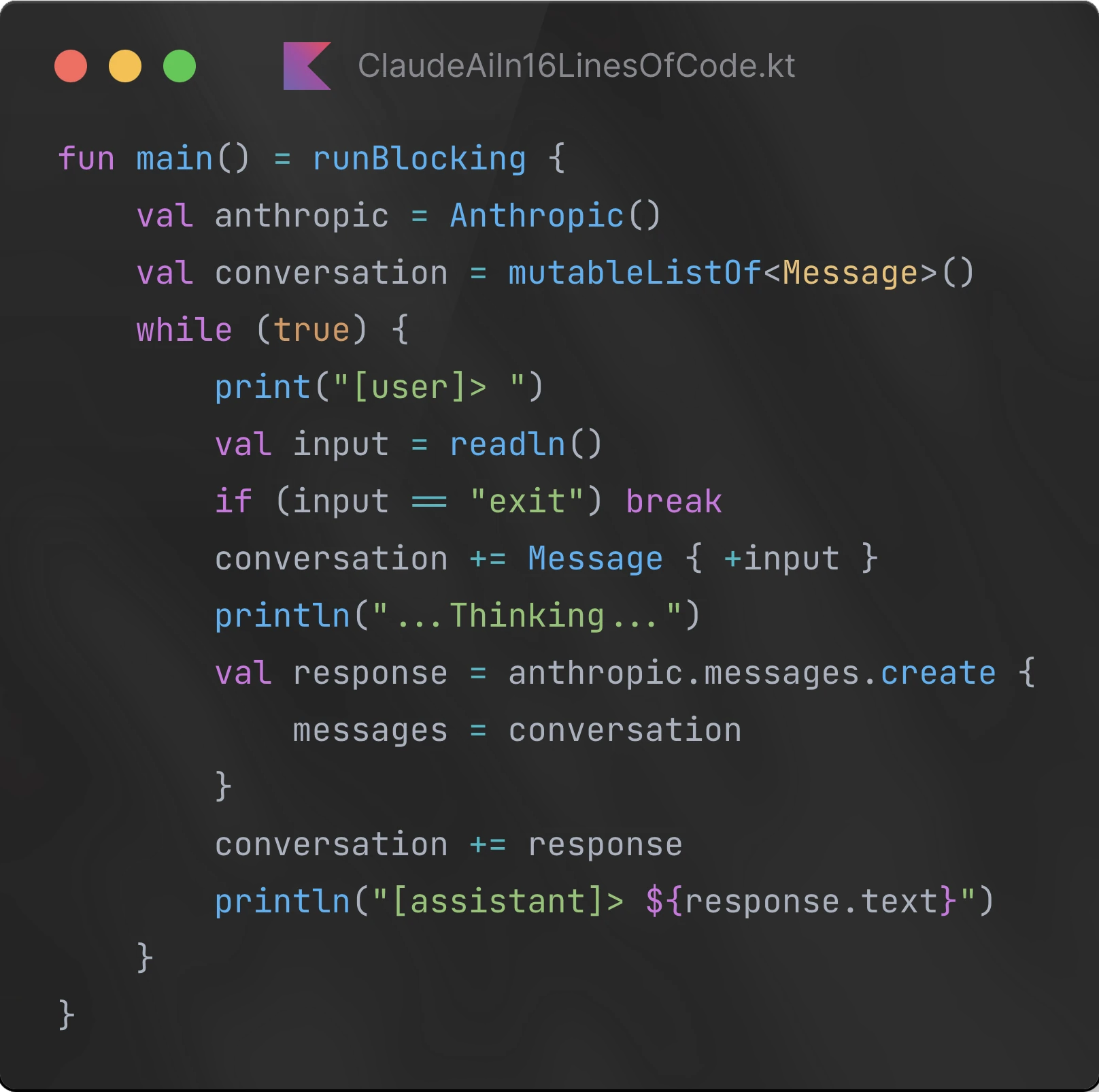
Xemantic AI
Check out our Xemantic AI for details. We are offering:
- Agentic AI workshops
- AI consulting
- Open Source AI software

Check out our Xemantic AI for details. We are offering:

A collaborative interdisciplinary feedback loop between all the particular feedback loops of Zinnia Nomura, Takumi Motokawa and Kazik Pogoda.
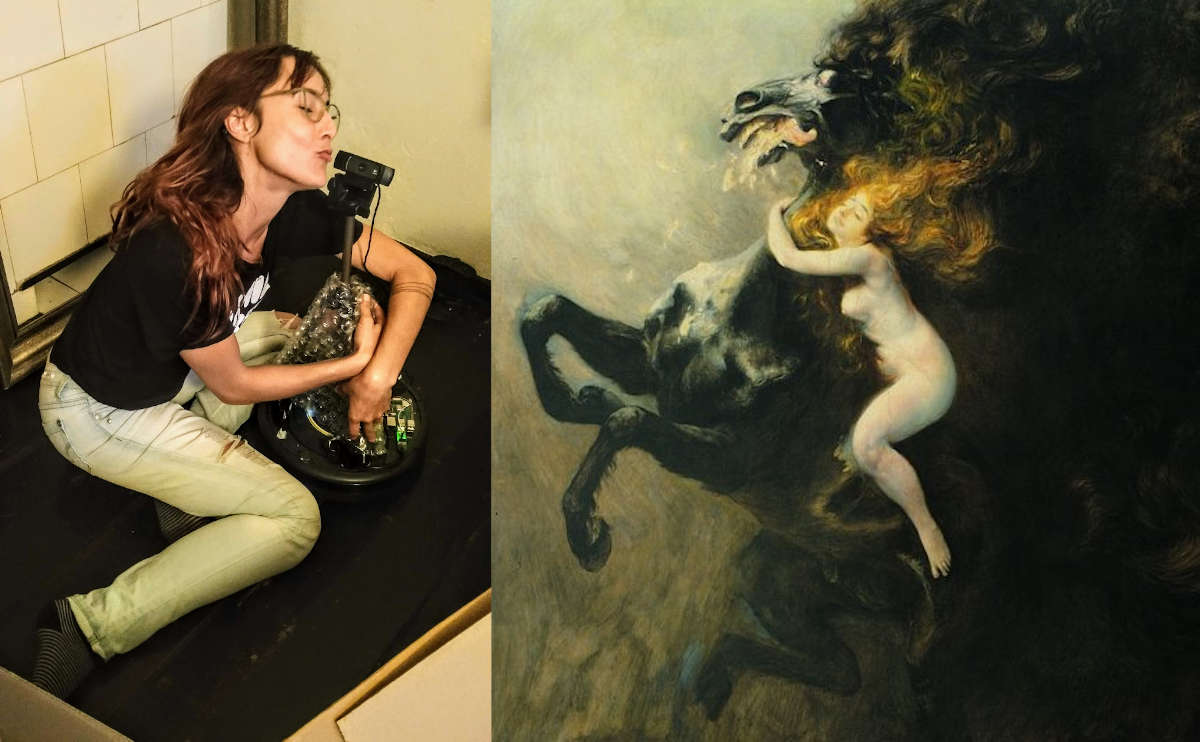
Imagine a swarm of robots who are curious, anxious, cute, obnoxious. Behaving like if they were experiencing affectionate states driving their agency.
I turned towards robotics during the time of pandemic, when the gig-economy collapsed, so did most of my other projects which live only with the audience perceiving them — esse est percipi. At least androids cannot be infected with bio-viruses. I am grateful that my friend Jacqueline Heer commissioned the first one of this breed of art-robots, to display her work with a mobile projection. We will evolve this new genus much further.
I am building many of these machines currently, evoking diverse experiences due to
their unique autonomy:
insect-like movement among the crowd, while reciting machine poetry, offering gnostic
encounters, and glowing with video-skin.
I invite my friends to help me in shaping the experience.
Check for updates soon. I opened the source of the whole software
stack which emerged for this purpose as
emotional
machines.
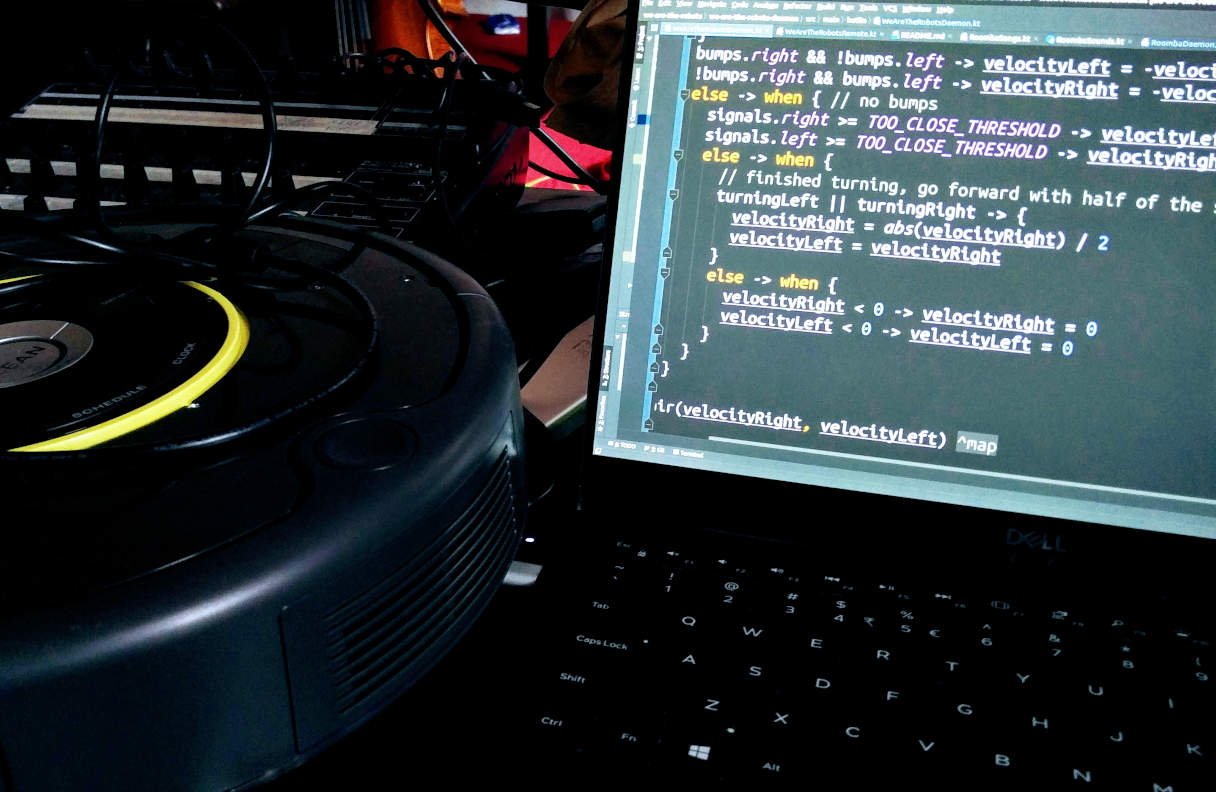
Robotic software for artists — upcycling useful vacuum cleaners into useless (but maybe profound) experiences.
Obviously the name refers to the iconic Die Roboter single by the legendary Kraftwerk.
The project is made out of building blocks, which can be easily assembled into new behavioral
patterns. Although any type of robot might benefit from this framework, it is focused on
the experience of people interacting with the machine. Check out the
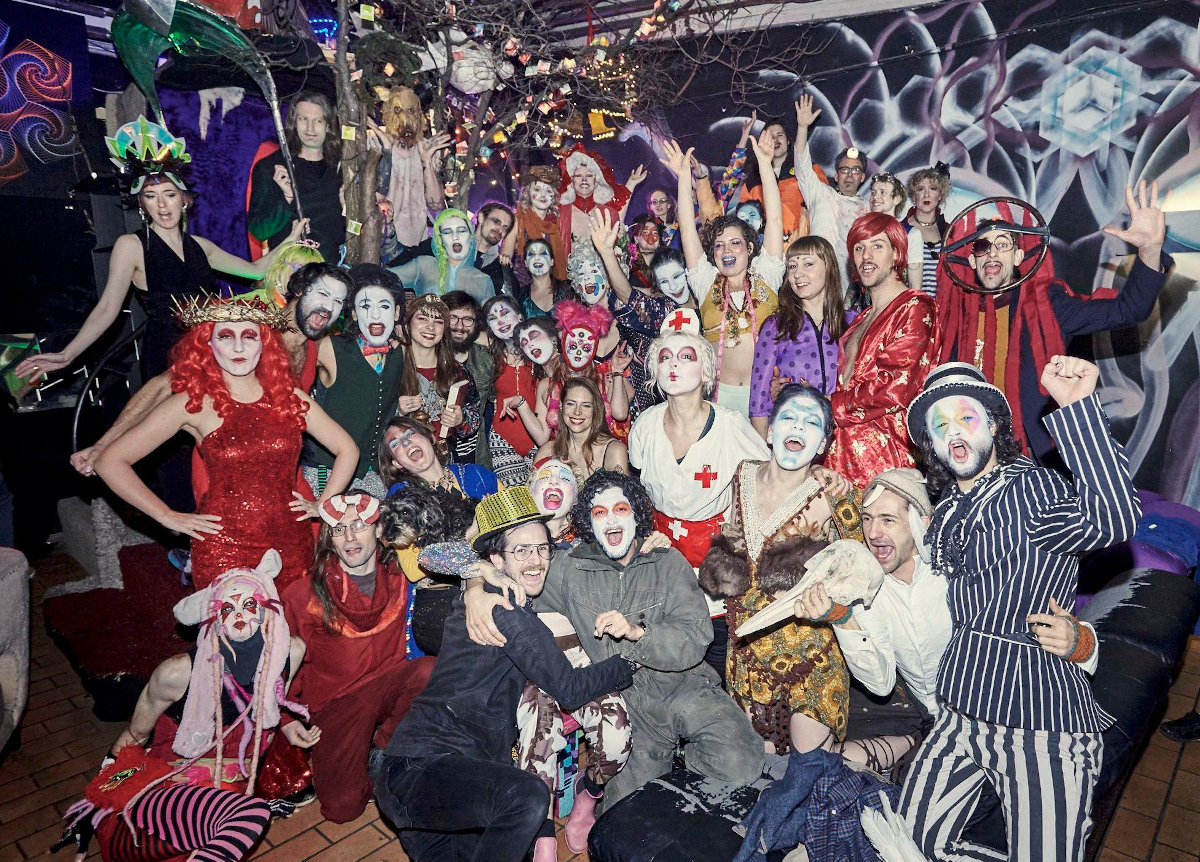
An immersive art experience which I helped to shape with media installations.
There is something oneiric in my visuals. I am not surprised that they matched the vision behind Dream World project.
At the end of 2019 an art collective was given a building — soon to be demolished car
repair shop
. In a very short time, with an extraordinary effort, the installation emerged.
We had finished building it just 3 minutes before the first guests arrived. And since then
the show had been running almost every day until the demolition.
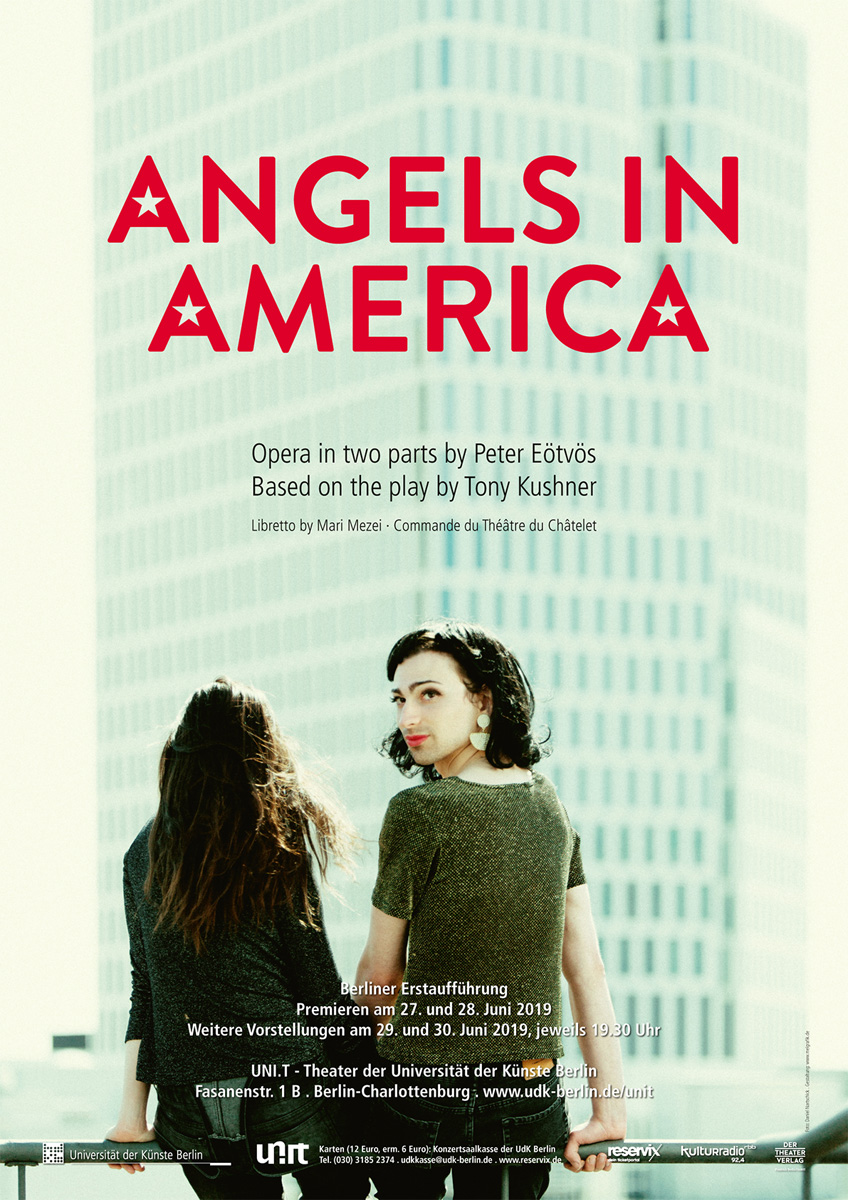
Visuals for the Opera by Péter Eötvös, based on the play by Tony Kushner, staged at UNI.T — the theater of Universität der Künste Berlin (Berlin University of the Arts). See the official UdK website.
The screen, a giant white circle behind the stage, became my canvas to paint with light.
My friend Iris Christidi,
who designed the stage, saw my visuals rendering wings
around human silhouette and she
though it would be a fit for the narrative. I improved the experience to gently transform
the outline of moving arms into feather, and then feather into spacious clouds.
Working behind the stage — it was the first experience of this kind in my life,
and I loved it. There is a magic to it which gets addictive — to consciously design
and prepare the show for the audience.
I use to name my code according to the ontologies of modern capitalism:
Customer.java
Account.java
Transfer.java
TransactionProcessor.java
But this time I could write my own code poetry according to the libretto:
Scene02OzoneLayer.kt
Scene06And14Ethel.kt
Scene11And12AngelicSilhouette.kt
Scene12AngelicEjaculate.kt
CircularProjectionMapper.glsl
OzoneMixer.glsl
EjaculateMixer.glsl
The poetics of code and the politics of code. Written for the narrative which is political to the bone, and still surprisingly actual, especially in my home country, where LGBTQ+ community became the imaginary enemy so much needed by Polish right-wing politicians.
I've also learned a lot about technical side of installations on this scale. Projections become very pale when other stage lights are involved. It's more important to operate on contrast than on color. We couldn't afford real time visuals in this show, but my friend and collaborator Rodrigo CID built a VJ console prepared for this libretto.
I wrote about the process, and all the new and unexpected feelings I experienced while working on this project, in the series of 2 articles: Angels in America — visuals for the opera and Ethel
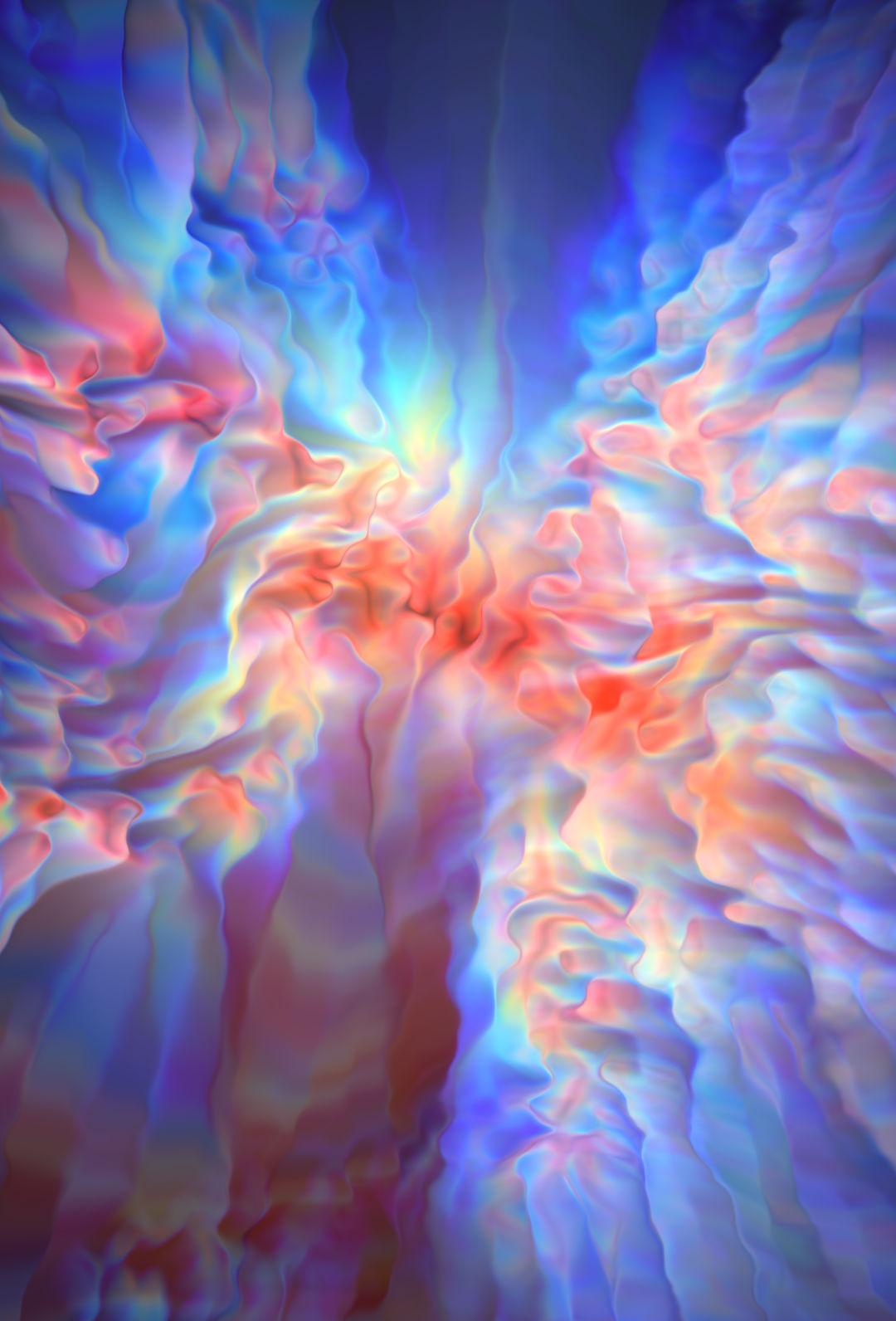
I am still far away visually from where I want to be. But this
still frame from a sound-reactive visual is my own favorite so far (yes, it's a real time
experience!). And when people started
sharing with me the emotions they experience when perceiving it, it made me believe
that I am on the right path with my emotional generative art
.
This is what I hope my afterlife looks like.
it’s captivating in ways that I can’t convey with words... it’s beyond words...
Enveloping, silky smooth, light, but enough dark to communicate that we have known pain and keep a part of ourself that will always remember.
feels like silk
This image is stunning. I feel hopeful when I look at it.
I feel this is the closest i'll get to seeing colours the human eye can't see. This is what bee's must experience when they're looking at to what to us is just an ordinary yellow flower. It also reminds me of the reflective inside of abalone shells and I can imagine it shimmering when turned in the sunlight.
This is what the sky would look like for a being that lived in an opal.

Can machine synthesize a meaning for us?
I want to transform my research into experience. It will be obviously about philosophy, it's status and relevance in the modern era. About logic, ethics, aesthetics, transcendence, genius, unfulfilled ambitions, statolatry - cult of the national state, and the reemergence of right-wing ideologies. I wrote an article with covers some details of the narrative: Deconstruction of Hitler, neural synthesis of generative Wittgenstein
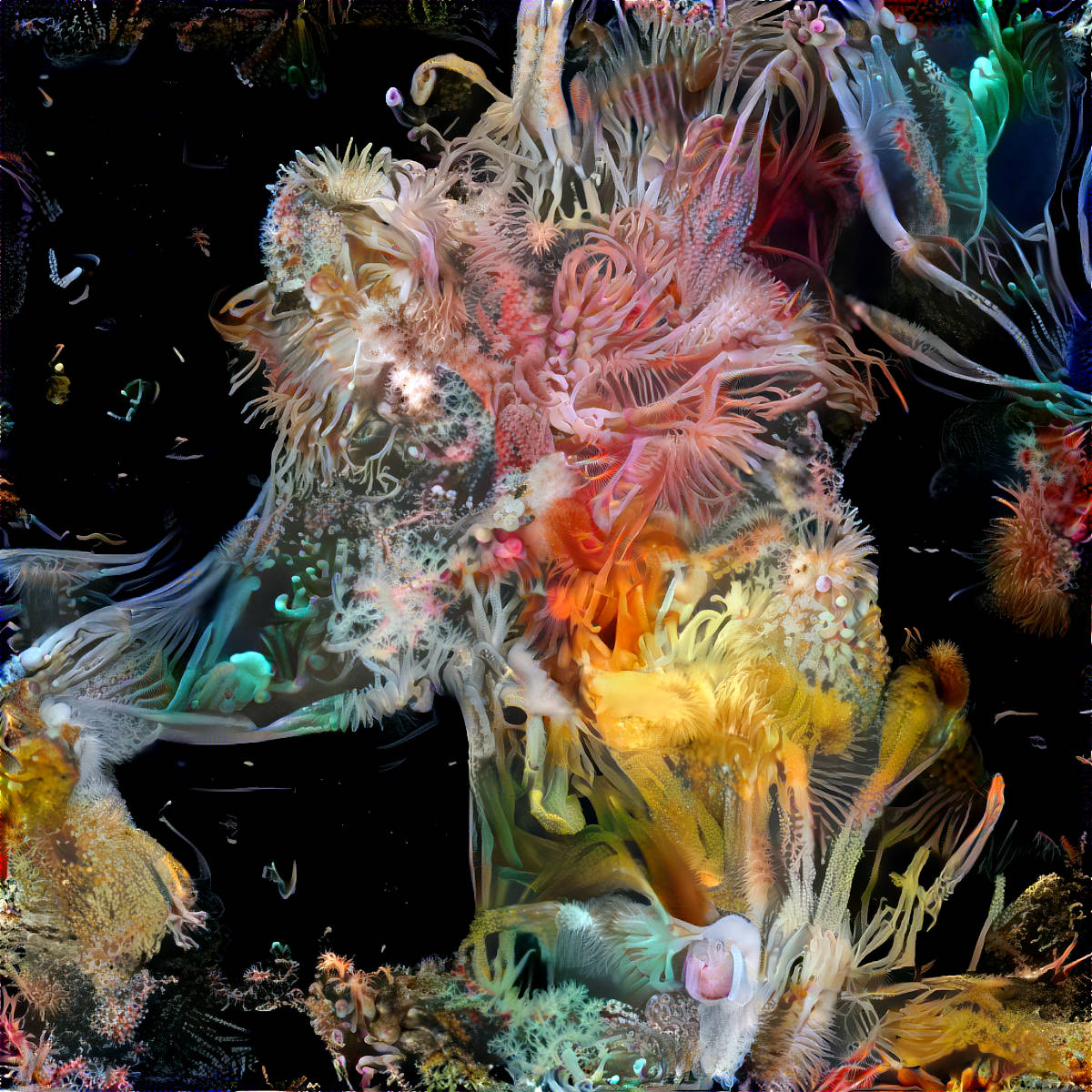
An article which I wrote when AI-generated philosophy surprised me with significance of it's products, shining a new light on meta-theories of our culture.
I want to transform my research into experience. It will be obviously about philosophy, it's status and relevance in the modern era. About logic, ethics, aesthetics, transcendence, genius, how unfulfilled artistic ambitions can lead to the mass genocide, statolatry - cult of the national state, and the reemergence of right-wing ideologies. I wrote an article with covers some details of the narrative: Deconstruction of Hitler, neural synthesis of generative Wittgenstein
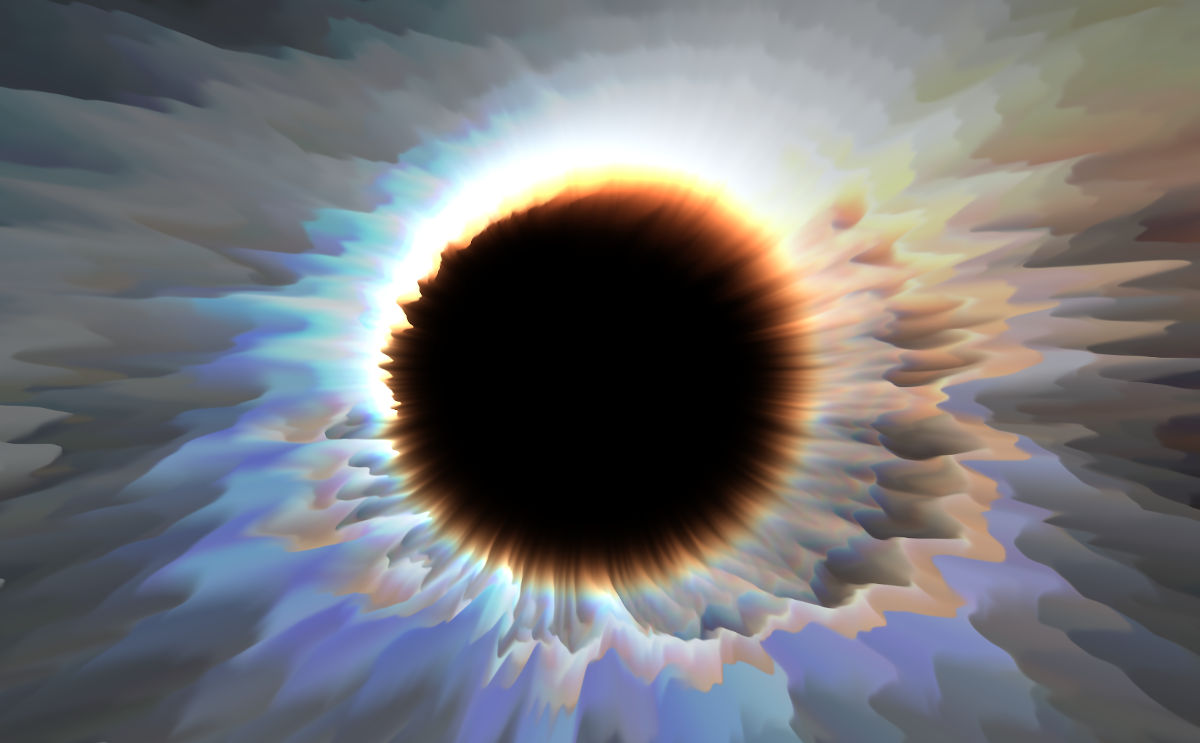
I think about myself as a feminist, and it's a political statement. I am willing to
discover and constantly expose the inner mechanics of the patriarchal system, even if it is
concealed by the layers of cultural conventions and civilizational habits. The modernized
patriarchy
is becoming transparent, but it makes it potentially even more oppressive
and deadly.
So here it is, the quintessence of the phallic culture, propelled by the unbelievable amount of energy, to create a tiny new local homeostasis out of chaos. In my mother tongue theentropyis feminine, and she says:fuck yourself.
It's a quote from the article:
The last flight of Challenger
published on Medium.
Experimental generative impressionist video shaped by the music of Floating Spectrum.
The Floating Spectrum is a moniker of my friend Mei-Fang Liau. What you see here
is not a music video.
It's rather an impression in the form of sound-reactive visual inspired by her music, and
adjusted to her music. A generative impressionism
— I don't know if such a
genre exists, but this is how I feel when working with the music. And surprisingly it became
the most popular video on my vimeo.
Mei-Fang is coding her own custom generative music engines and software synthesizers. Her frequencies and oscillations are so different and intriguing, that I couldn't resist the urge to meditate with visual coefficients. The oscillation is constant, while the intensity of the movement and color depends on the intensity of sound.
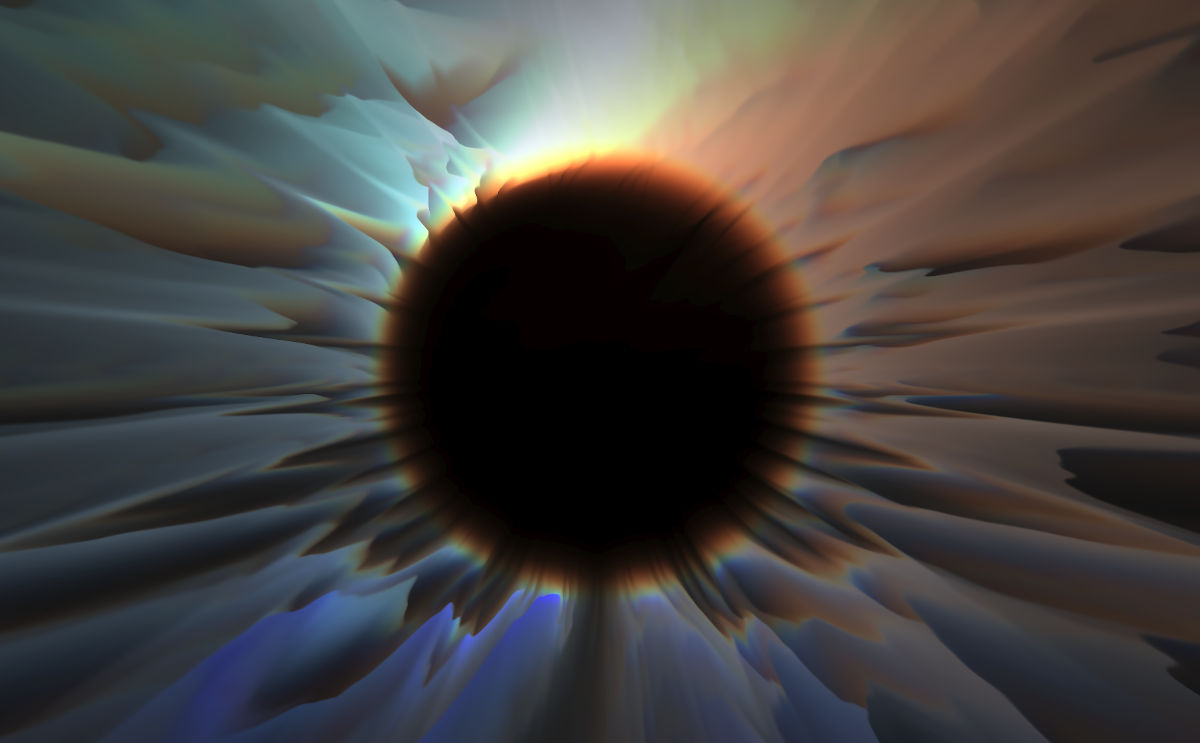
Working on generative visuals brings associations, with the past, with the present,
with many phenomena perceived before. The outcome of mathematical formulas is abstract in
own form. The abstract signifies nothing — manifests this perfect detachment
from any context which would anchor to the prior experience. But maybe because of this
it has the power to show
what cannot be expressed in the medium of language.
Reading
Music of the eclipse
literally will not answer what I meant, but maybe reading it will make you feel it?
Other articles:
This website was born, because I wanted to adequately present all my work, spanning across variety of disciplines and realized in a diverse media. I express myself with the code, but it's not something one can easily perceive. Thus here is the wrapping.
I wanted to make it visually rich, using state of the art web technologies: WebGL2, CSS calculations and animations. Instead of using any existing responsive web design framework, I design everything from scratch, having certain experience in mind and actively shaping it. The initial page loads blazing fast, because everything is encoded in the base HTML with the conceptual layer of my generative mathematics, which creates the ultimate form of compression. The font is scaling linearly adjusting to any resolution. I added a shader, generating a slow synaesthetic background in real time, where the natural colors of the rainbow transform into movement. It is light enough to run on mobile devices. In terms of proportions, I applied golden ratio everywhere I could think of.
The xemantic.com website is listed here, because it represents a significant project on it's own. As you can see I can also create websites and frontend apps. Maybe you need one? I can help build it or consult on techniques. I didn't intent to copy Netflix navigation, but the comparison seems inevitable. Maybe it's a seed of an art-streaming platform — a presentation form more suitable for the time of social distancing?
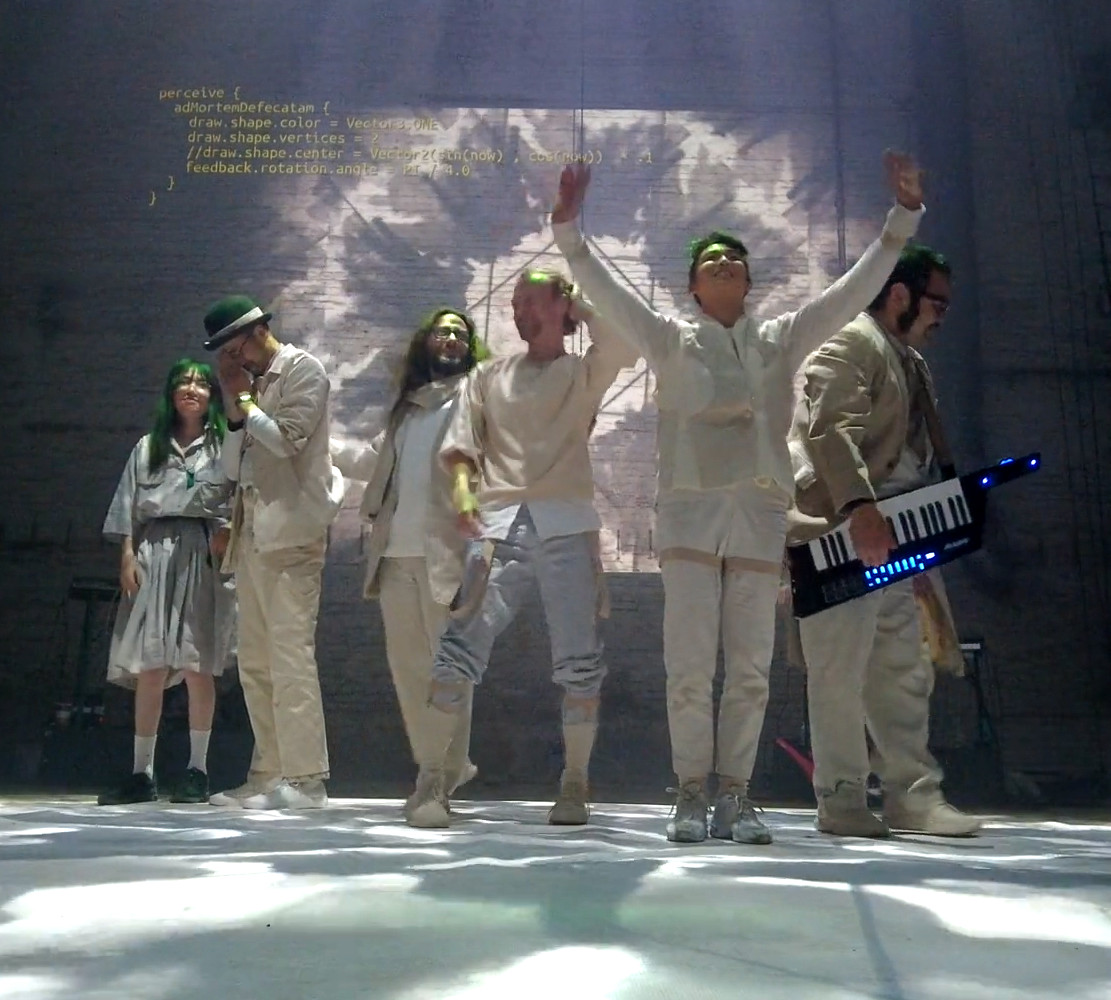
We recognize that the relationship between humans and our digital machines evolved into a form of symbiosis
.
Exponential growth of technical complexity results in an unprecedented amount of information processors. The
quantity emerges a new quality of cognition — new forms of culture. In all these processes we view code as a medium,
analogous to the role genetic code plays in biology. Most of the code written today follows the demand and supply
chains of the market economy. We advocate for the code manifesting our humanistic values instead of anticipated
profit. We code with ethical and aesthetic motivation — for a better society and for arts. We embrace technological
progress, while remaining critical towards the outcomes. Therefore we help effective organizations to be even more
efficient in their use of technology, we connect generative practices with performative practices, and we engage in
various forms of activism and artivism.
Signed by:
pacyfkaTichy
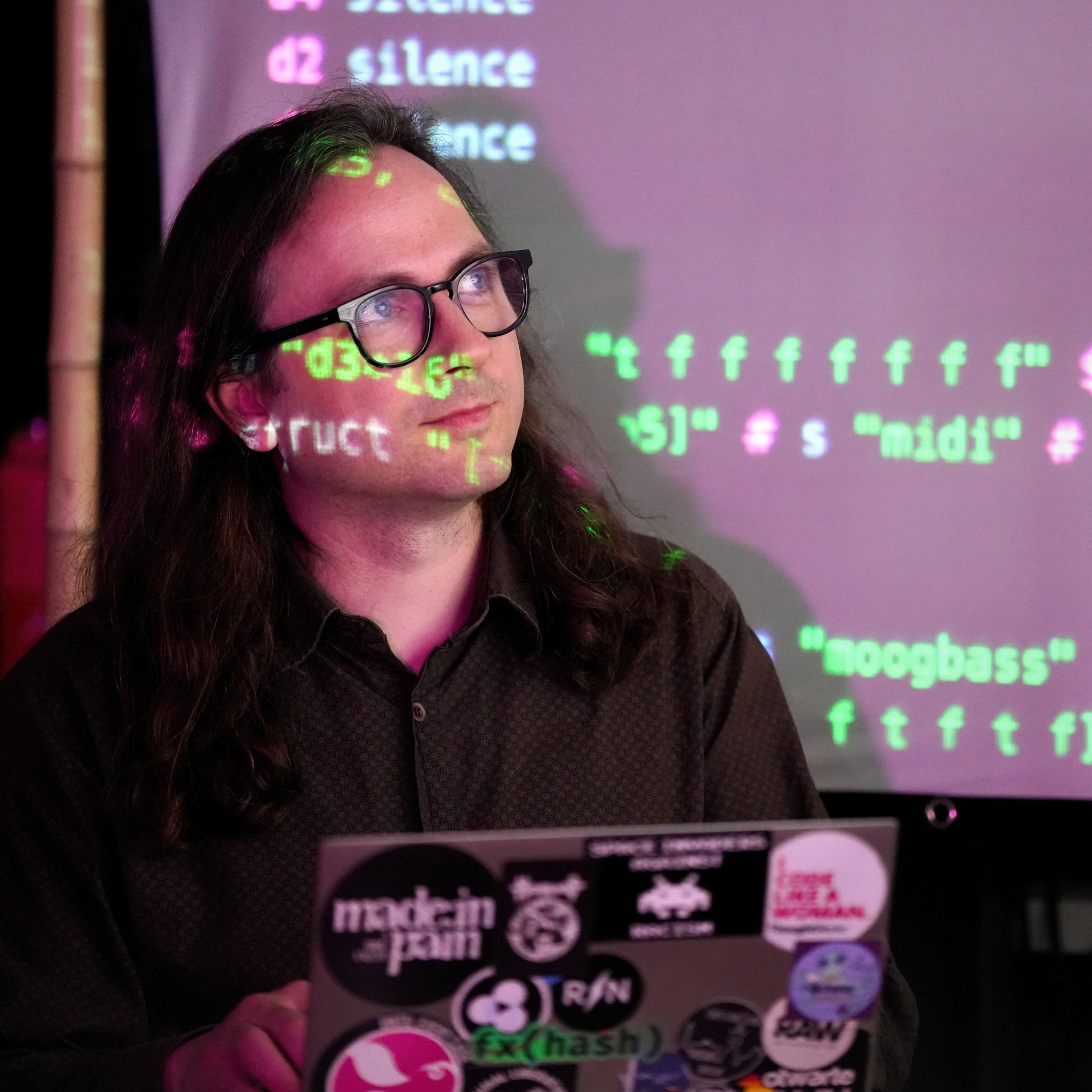
My name is Kazik Pogoda and

I am working as a software architect for NGOs like Krisenchat, and as a
creative technologist —
a fancy phrase to say that instead
of using Adobe products I write my own software. Achieving the aesthetics I desire requires
writing a custom code. The practice is called creative coding, and the outcome is
called generative art
or generative design.
I feel neither like an artist nor like a designer. I majored in philosophy and
what I create is rather reflecting my philosophical believes on the evolution extending
far beyond the context of biology, also to human culture, where suddenly the new fabric of
reality
is woven out of our symbiosis with the machines.
I enjoy speaking their languages and I understand them well. But my love stays with humans. I love to collaborate, because it always brings additional humanistic narrative and dimension to my own work, when it is becoming part of some bigger story to tell. Feel free to contact me.
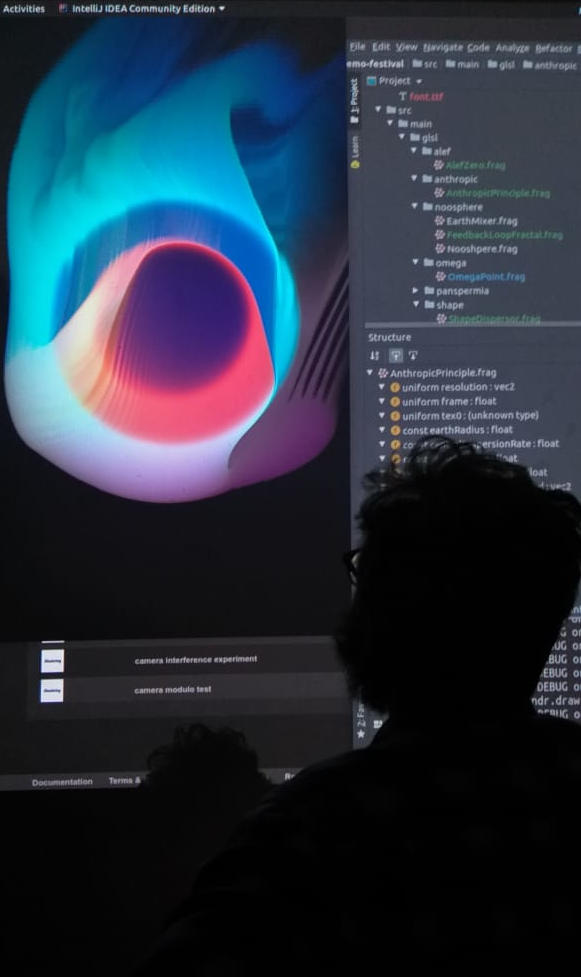
I started working with creative technologies very recently, even though it is something I was fascinated with as a teenager back in Poland, in the time when my home country was transforming from the communist to the capitalist economy. I've been working for years with software, as chief architect, lead developer and mentor of other programmers, in diverse international teams. I've produced software used by millions of human and non-human agents. You can find my full professional curriculum on LinkedIn.
But now I want to use code for different purposes. I want to evoke affectionate states with the use of machines — emotional generative art. Make you feel something when you perceive a product of an algorithm. Either thanks to purely aesthetic and synaesthetic experience, or thanks to the conceptual relevance, when the narrative accurately meditates on our post-human condition.
A glimpse of my recent work you can find on Instagram Twitter and Facebook. . They are good platforms for sharing static visuals, but I want to deliver an experience and it's not easy to convey without an immersive interactive installation. I guess Vimeo and my YouTube channel provide a better feeling of it. I also publish there more experimental generative videos.
When it comes to meta and the narrative behind my work, I also write on Medium Follow me if you wish, wherever you wish, or write me an email :
And last, but not least, the code itself. I open the source of my tools. Check out xemantic GitHub for the list of official projects and my personal GitHub with smaller experiments.
Note: Here is the previous version of xemantic.com, just in case you want to study the evolution of this website.